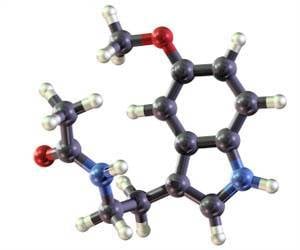Highlights
- Pyrethroids used in pest control for people, pets, and crops, may be linked to behavioral difficulties.
- Though they are a safer alternative to organophosphates like many classes of insecticides, they work by damaging nerves.
- Three metabolites (trans-DCCA, cis-DBCA, and cis-DCCA) were found in the urine samples of both the mothers and their children.
Researchers measured levels of five pyrethroid metabolites in the urine of women between 6 and 19 weeks of pregnancy, and subsequently their 6 year olds, to see if there was any link between prenatal and childhood exposures and behavior that might be indicative of neurodevelopmental damage.
From among 3421 pregnant women enrolled in the study between 2002 and 2006, some 571 were randomly selected to take part in the assessments of their children when they reached the age of 6: 287 of these women agreed to do so.
Assessment of Behavior
The mothers filled in a detailed questionnaire on socioeconomic factors, lifestyle, their child’s behavior, and various environmental exposures. Psychologists then visited them and their children at home to carry out behavioral assessments, and to collect dust and urine samples for analysis.
Metabolites of the Insecticide Linked To Behavior Problems
After taking account of potentially influential factors, higher levels of cis-DCCA in the urine of the mums-to-be was associated with a heightened risk of internalising behaviors in their 6 year olds.
Levels of another metabolite (3-PBA) in the children’s urine samples were associated with a heightened risk of externalising behaviors. However, high levels of trans-DCCA were associated with a lowered risk of externalising behaviors.
But children with the highest levels of metabolites in their urine were around three times as likely to display abnormal behavior. By way of an explanation for these associations, the researchers suggest that pyrethroids might alter neurochemical signalling in the brain.
This is an observational study so no firm conclusions can be drawn about cause and effect, added to which accurately assessing pyrethroid exposures using urine samples is notoriously difficult because metabolites are cleared from the body in just a few days.
Nevertheless, the researchers conclude, "The current study suggests that exposure to certain pyrethroids at the low environmental doses encountered by the general public may be associated with behavioral disorders in children."
Reference
- Jean-François Viel et al., Behavioural disorders in 6-year-old children and pyrethroid insecticide exposure: the PELAGIE mother–child cohort, Occupational & Environmental Medicine (2017) http://oem.bmj.com/content/early/2017/02/02/oemed-2016-104035.
Source-Medindia










